Which kind of Japanese sake do you usually have in your country?
Do you know about some special sake which is very hard to get outside of Japan?
When you visit Japan, I strongly recommend you to drink Nama-zake!
Before describing the details, please be informed about two types of Japanese sake.
Nama-zake and Hiire
Every single Japanese sake is divided into either Nama-zake or Hiire. The difference is pasteurization. Nama-zake is unpasteurized sake and Hiire is pasteurized.
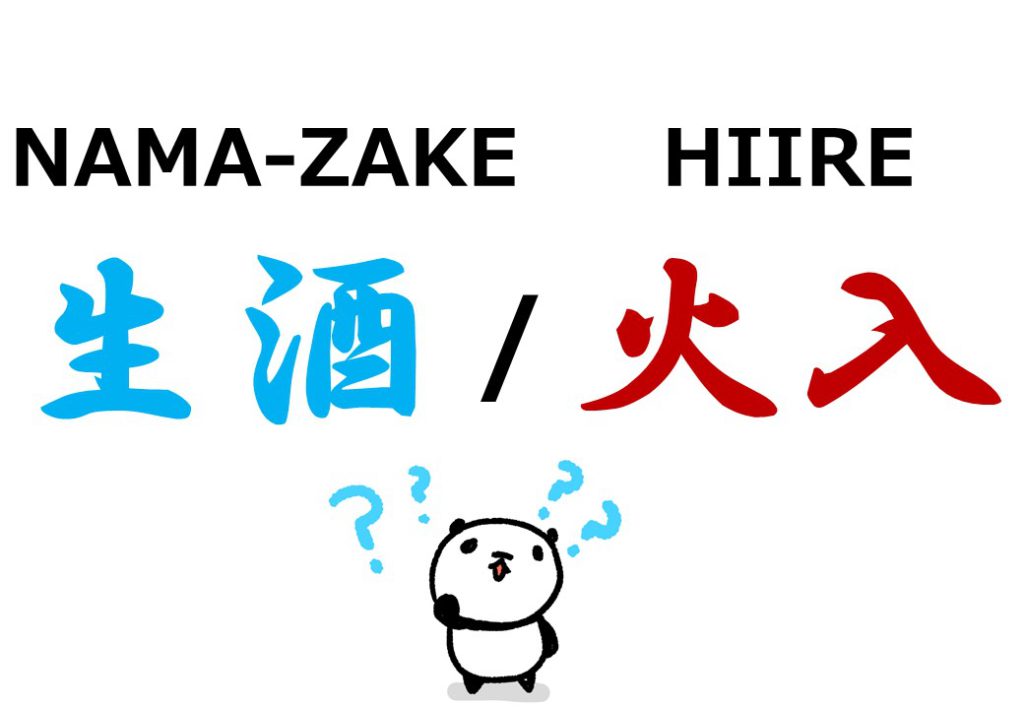
What is Nama-zake?
It is NOT pasteurized Japanese sake. It is written as 生酒 in kanji. Some people call it Nama-shu, but mainly it is called Nama-zake.
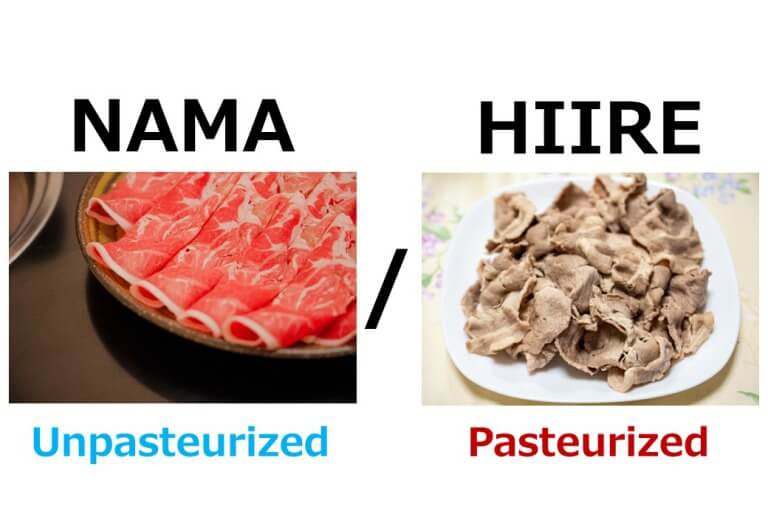
What is Hiire?
Hiire is Japanese sake that has been pasteurized once or twice before shipping out from the sake brewery. It is written as 火入れ in Japanese. Some people call it Hiire-shu, but mainly it is called Hiire. It might be difficult to pronounce for a person abroad. It is pronounced as HI-I-RE/Hy-yi-RE. (https://onl.tw/wuenqsm)
Some Japanese people may not know what Hiire is because they do not have enough chances to see the word. The reason why is that it is not a promotional word and there is no duty to print it on a back label.
OK! Let’s move to the main topic!
Why is Nama-zake recommended in Japan?
There are two main reasons.
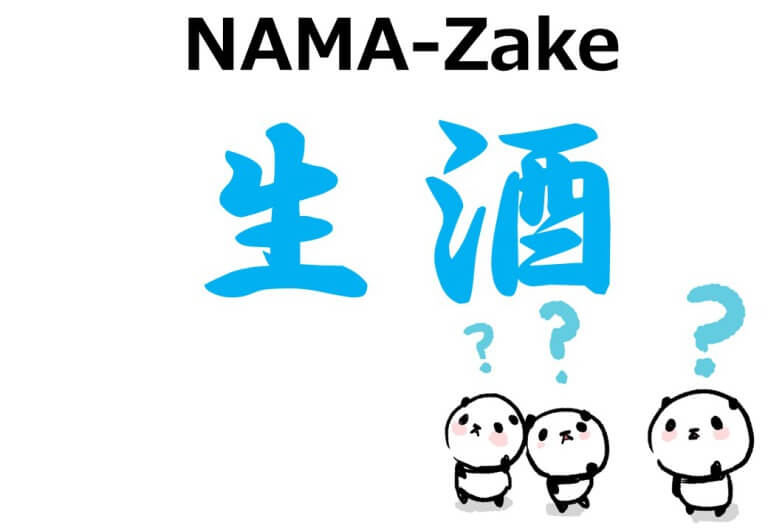
Reason 1: Rarity outside in Japan
Most people may have NOT seen/had Nama-zake outside of Japan. This is because it is very difficult to deliver to customers abroad while keeping its quality. Unpasteurised Japanese sake must be stored in low temperatures, ranging from 5 to -5℃/41 to 23°F. This makes it very hard to ship and store in shops abroad. In addition, if it is shipped by reefer container to keep its condition, it will likely be very expensive.

Reason 2: The unique characteristics of Nama-zake
One of the features is its aroma.
Well-conditioned Nama-zake has its own intense aromas. This is especially true in the premium sake of the Ginjo and Daiginjo classes which have a pronounced fruit aroma called Ginjo-ko/Ginjo-ka (吟醸香).
The other one is flavor.
If you drink a well-conditioned Nama-zake, you can enjoy its freshness and vibrant energy. You might experience a crispy texture with the new Nama-zake.

How to check if it is Nama-zake?
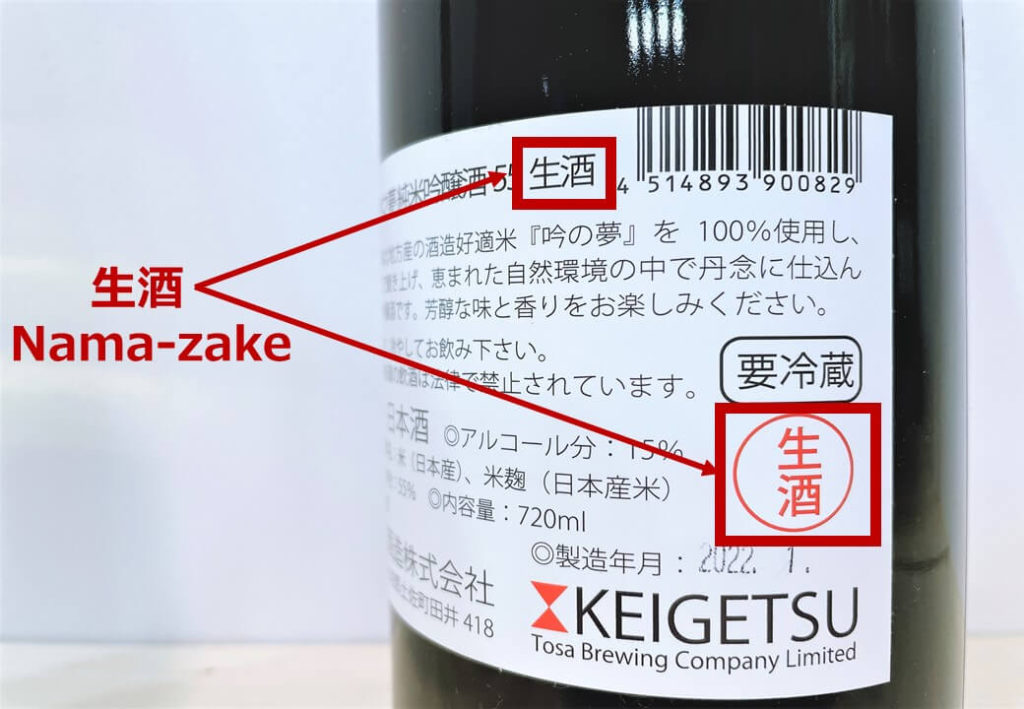
You can check it by its back label because it is definitely printed on it by the liquor tax law in Japan. If it is difficult to check, please do not hesitate to ask the shop/restaurant clerk.
TIP: How to get Nama-zake for sure
#1. Please BE SURE to say Nama-ZAKE. If you say just Nama, you may get a draft beer!!
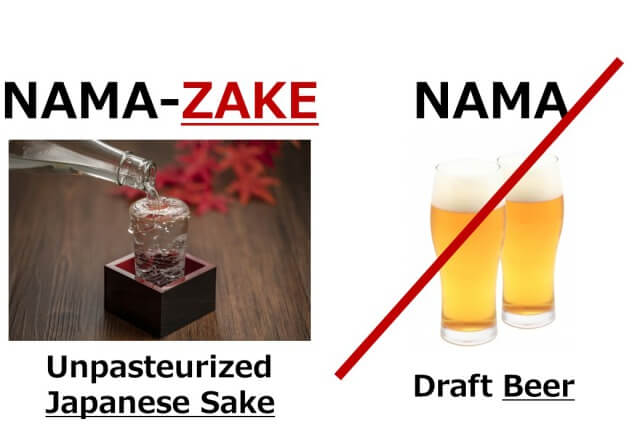
#2: Please do not confuse 生酒 (Nama-zake) and 生酛 (Kimoto). Many people abroad are not familiar with kanji. For people abroad, those may look very similar, because those are two letters and use same initial kanji (生). However, 生酛 (Kimoto) is a type of yeast starter, so please be careful to check for 生酒(Nama-zake)!!

Now, you are ready to enjoy Nama-zake in Japan! In the next article, I will describe more details about Nama-zake.
Please wait for my next article with training to help you recognize Nama-zake!!
I am an entrepreneur of a specialty store of alcoholic drinks and a Japanese sake school in Tokyo.

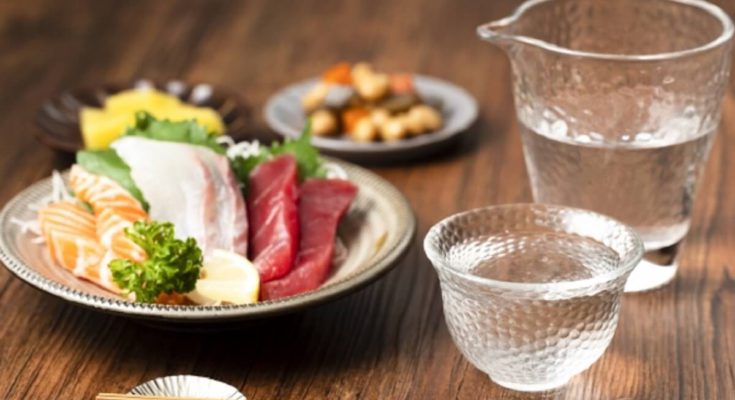

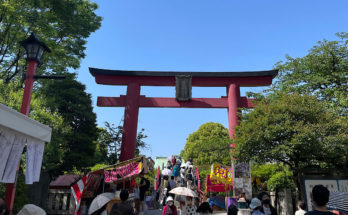

Hello, Nari san.
I’m a member of Hapa buddies.
I don’t drink so much, but I like visiting sake breweries.
At breweries, I like tasting sake. It is always really good.
Your article is very thoughtful to people from abroad, for example, how to pronounce 火入れ and the explanation of the difference between Nama-zake and Nama!
I hope many foreign people find their favorite Japanese sake!
Hi, Akiko-san!
Thank you for your kind feedback. I really appreciate that.
I really hope my article can be good help to enjoy Japan for people from abroad.
Your comment made me motivate so much.
I will keep to post these article and study English!